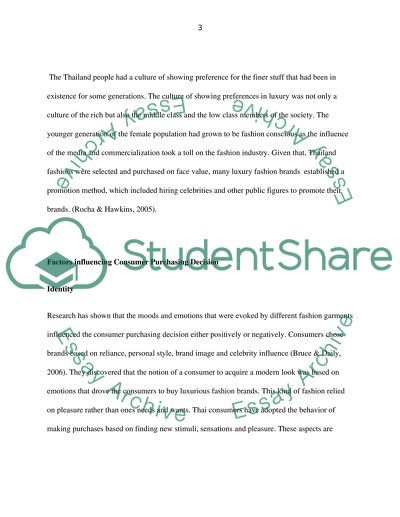Cite this document
(“An Exploration into the factors Influencing Consumer Purchasing Thesis Proposal”, n.d.)
An Exploration into the factors Influencing Consumer Purchasing Thesis Proposal. Retrieved from https://studentshare.org/marketing/1617751-an-exploration-into-the-factors-influencing-consumer-purchasing-decision-a-case-study-of-thai-fashion
An Exploration into the factors Influencing Consumer Purchasing Thesis Proposal. Retrieved from https://studentshare.org/marketing/1617751-an-exploration-into-the-factors-influencing-consumer-purchasing-decision-a-case-study-of-thai-fashion
(An Exploration into the Factors Influencing Consumer Purchasing Thesis Proposal)
An Exploration into the Factors Influencing Consumer Purchasing Thesis Proposal. https://studentshare.org/marketing/1617751-an-exploration-into-the-factors-influencing-consumer-purchasing-decision-a-case-study-of-thai-fashion.
An Exploration into the Factors Influencing Consumer Purchasing Thesis Proposal. https://studentshare.org/marketing/1617751-an-exploration-into-the-factors-influencing-consumer-purchasing-decision-a-case-study-of-thai-fashion.
“An Exploration into the Factors Influencing Consumer Purchasing Thesis Proposal”, n.d. https://studentshare.org/marketing/1617751-an-exploration-into-the-factors-influencing-consumer-purchasing-decision-a-case-study-of-thai-fashion.


